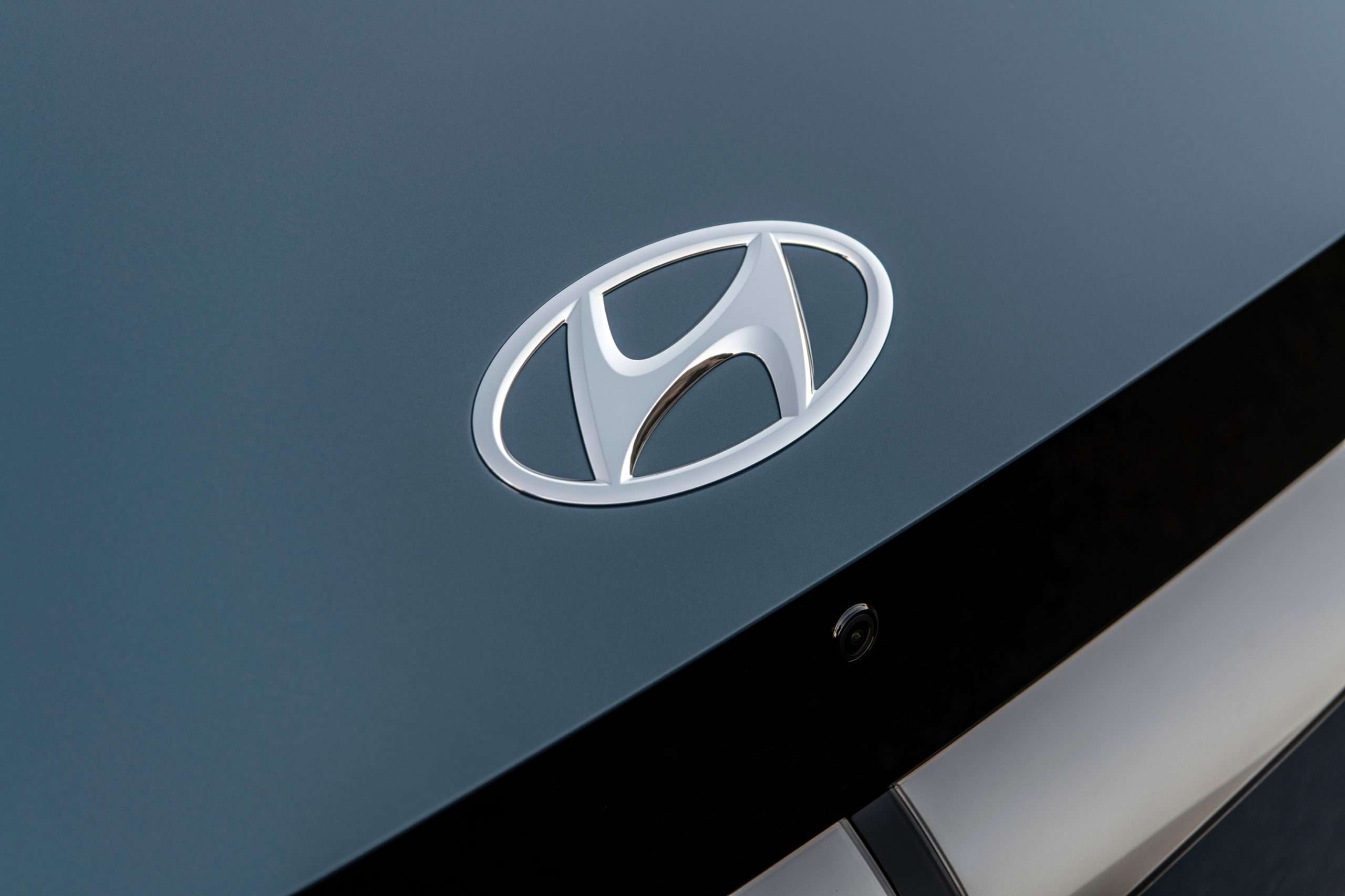10 Reasons Why Cars Don’t Have Dipsticks Anymore
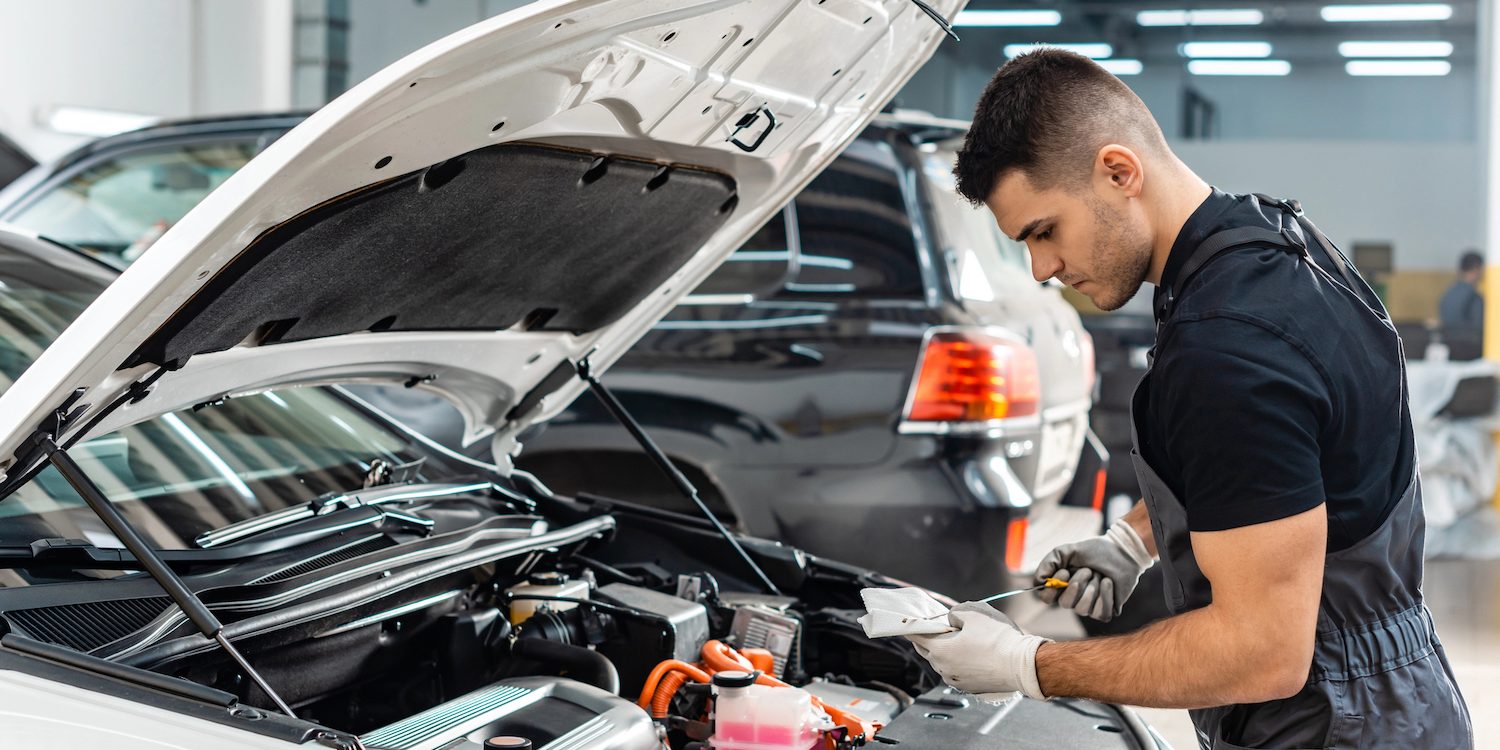
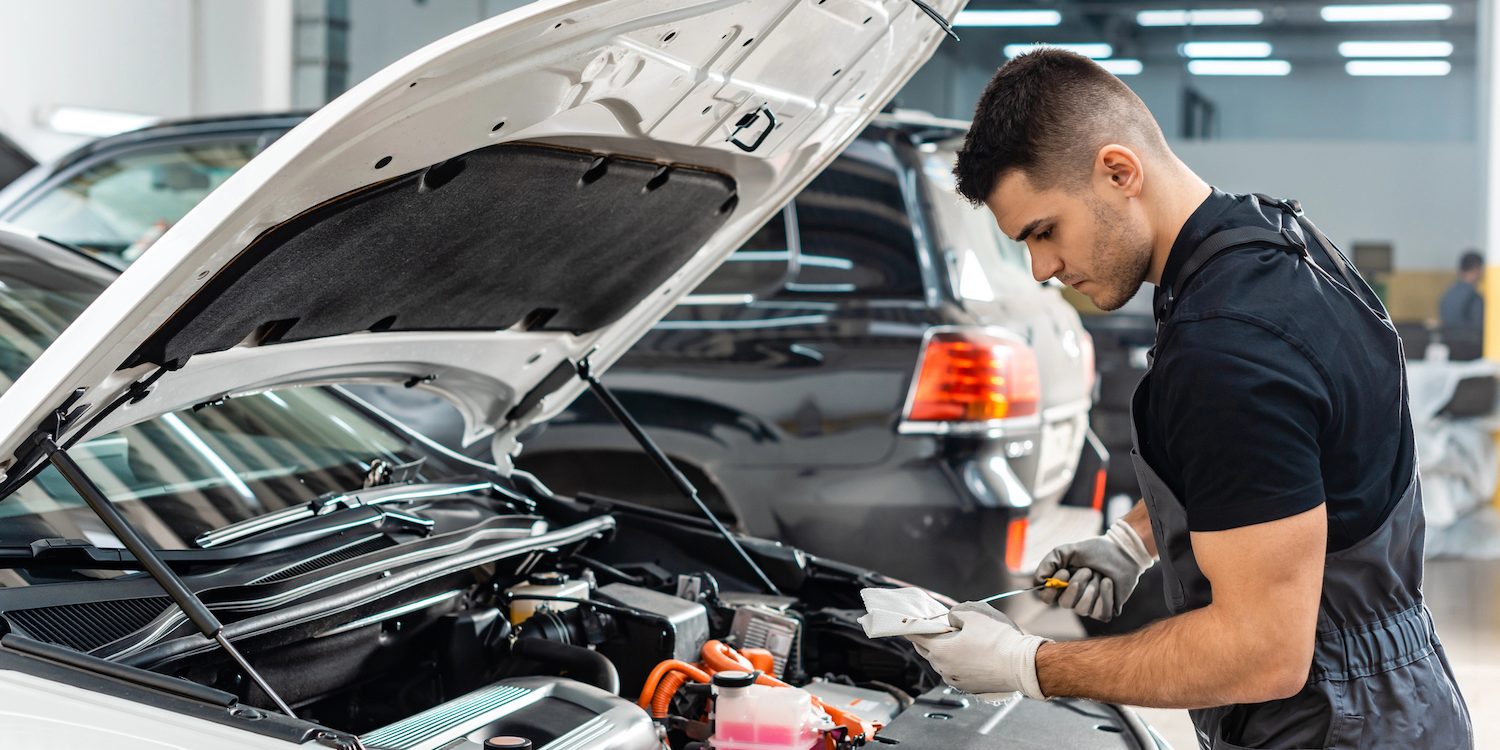
The disappearance of dipsticks from modern vehicles represents a significant shift in automotive design and maintenance practices. Many car manufacturers have moved away from including traditional oil dipsticks in newer models, leaving drivers without this familiar measuring tool. This change stems from advancements in electronic monitoring systems that can track oil levels more accurately than manual checks, eliminating the need for physical dipsticks in many vehicles.
This transition affects how car owners interact with their vehicles and perform basic maintenance. While some drivers miss the simplicity and directness of checking oil manually, automotive companies believe electronic systems provide more precise readings and reduce human error. The absence of dipsticks also reflects broader automotive industry trends toward computerized systems and sealed components that require professional service rather than owner maintenance.
1) Increased use of electronic oil level sensors replacing dipstick
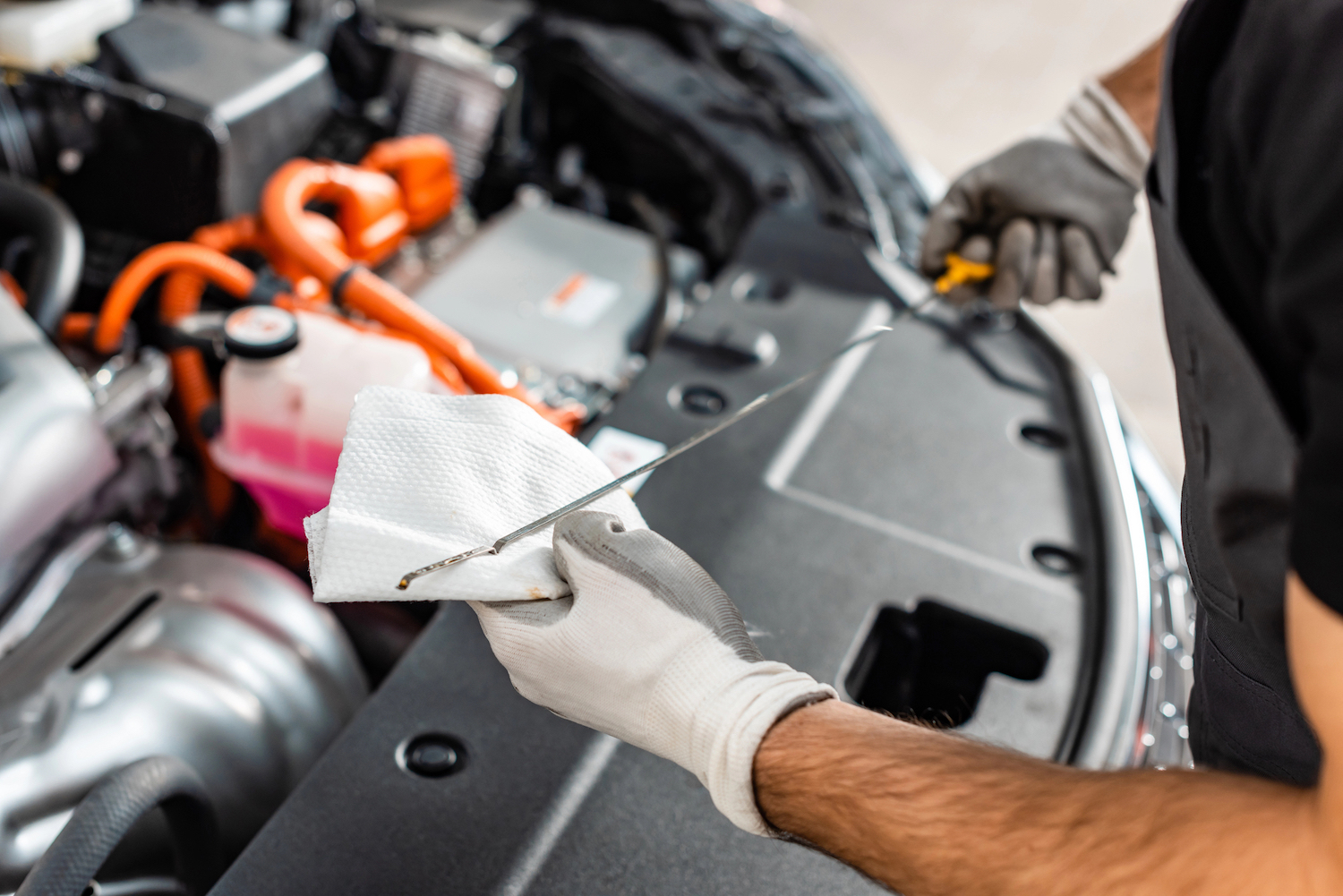
Many modern vehicles now feature electronic oil level sensors instead of traditional dipsticks. This transition reflects the automotive industry’s move toward digital monitoring systems. Manufacturers like Mercedes-Benz and BMW have been at the forefront of this change.
These electronic systems use sensors to measure oil levels automatically. They display readings on the vehicle’s dashboard or infotainment screen, giving drivers immediate access to this information without manual checking.
Digital measurement offers greater precision than manual dipstick readings. The technology eliminates potential human error factors that can lead to misinterpretation of oil levels.
Advanced oil monitoring systems can track oil quality and alert drivers when service is needed. This provides more comprehensive information than a simple level check.
The electronic systems also maintain a record of oil levels in the car’s engine computer. This data logging capability is something traditional dipsticks cannot offer.
However, electronic sensors do require power and may need maintenance or replacement over time. Traditional dipsticks were valued for their simplicity and reliability without needing electrical power.
Some car owners prefer the direct physical confirmation that comes with checking oil manually. The shift away from dipsticks represents a broader trend of increased digitization in vehicle maintenance systems.
2) Manufacturers aiming to reduce engine complexity and potential leak points
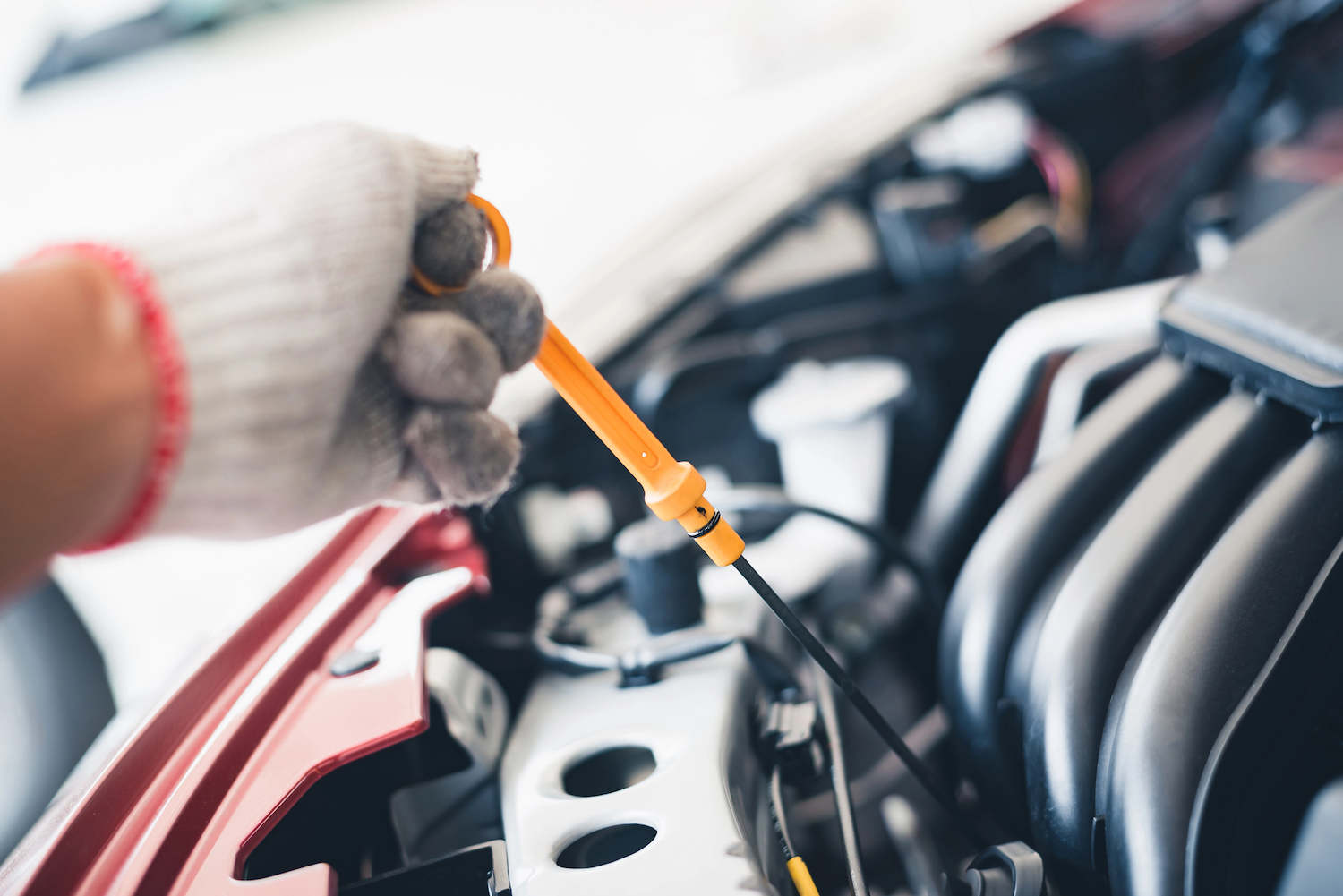
Car manufacturers are moving away from dipsticks as part of broader efforts to simplify engine designs. Each opening in an engine block represents a potential leak point where oil might escape.
The traditional dipstick tube creates an additional hole in the engine that requires proper sealing. By eliminating this component, automakers can reduce the risk of oil leaks developing over time.
Modern sealed engine designs help maintain better oil pressure and extend engine life. Without the dipstick tube penetration, engineers can create more compact engine layouts that fit better in crowded engine compartments.
This design approach also reduces the number of parts needed during manufacturing. Fewer components mean lower production costs and potentially fewer warranty claims related to oil leaks.
Electronic oil monitoring systems replace the physical dipstick with sensors that don’t require additional openings in the engine block. These sensors can detect oil levels without creating vulnerability points in the engine’s sealed environment.
Car companies also benefit from reduced assembly time when fewer components need installation. The streamlined design philosophy aligns with industry trends toward simpler, more reliable engines.
3) Dipsticks removed to encourage professional servicing and accurate maintenance
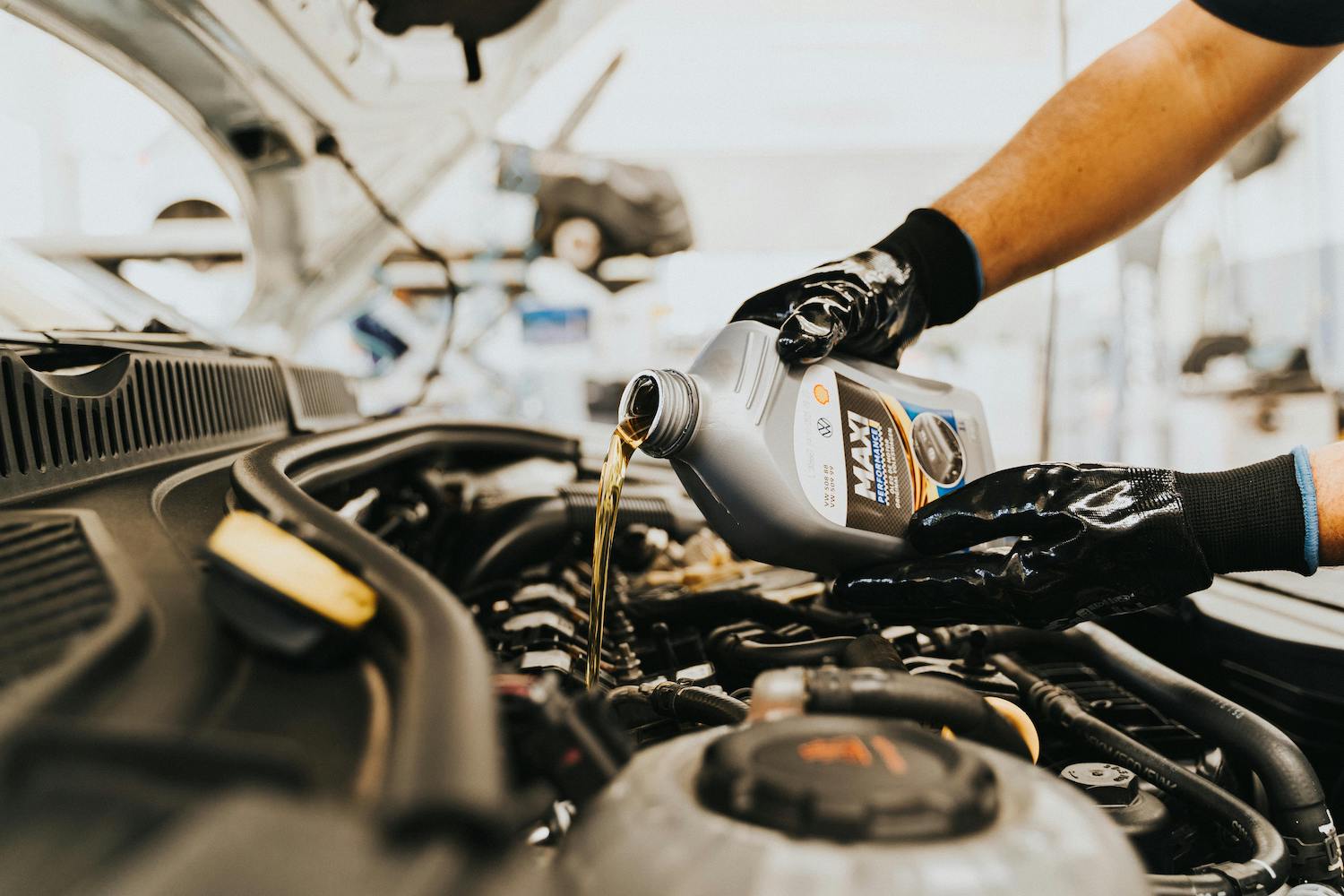
Automakers have strategically removed dipsticks from newer vehicles to guide owners toward professional service centers. This shift reflects a calculated business decision that benefits dealerships and authorized service providers.
Search results indicate that manufacturers “don’t want to make servicing their vehicles too easy,” as this would allow more people to perform oil changes themselves. By removing this basic diagnostic tool, car companies create a situation where drivers must rely on specialized equipment and trained technicians.
Without dipsticks, checking oil levels requires connecting to electronic monitoring systems that average repair shops and home mechanics may not have access to. This creates a closed ecosystem where vehicle owners have fewer options for maintenance.
The removal of dipsticks has been described by some critics as “criminal” because it effectively limits consumer choice. It forces drivers to visit dealerships for services they could otherwise perform at home with basic tools.
Advanced oil monitoring systems in modern engines, like those in Stellantis Hurricane engines, have replaced the physical dipstick. While these systems can provide accurate readings, they also tie vehicle owners to the manufacturer’s service network.
This trend represents a shift away from user-serviceable parts toward proprietary systems that lock consumers into specific service providers. The change benefits corporate service departments financially while reducing options for cost-conscious vehicle owners.
4) Elimination of dipsticks reduces the risk of user error in oil checking
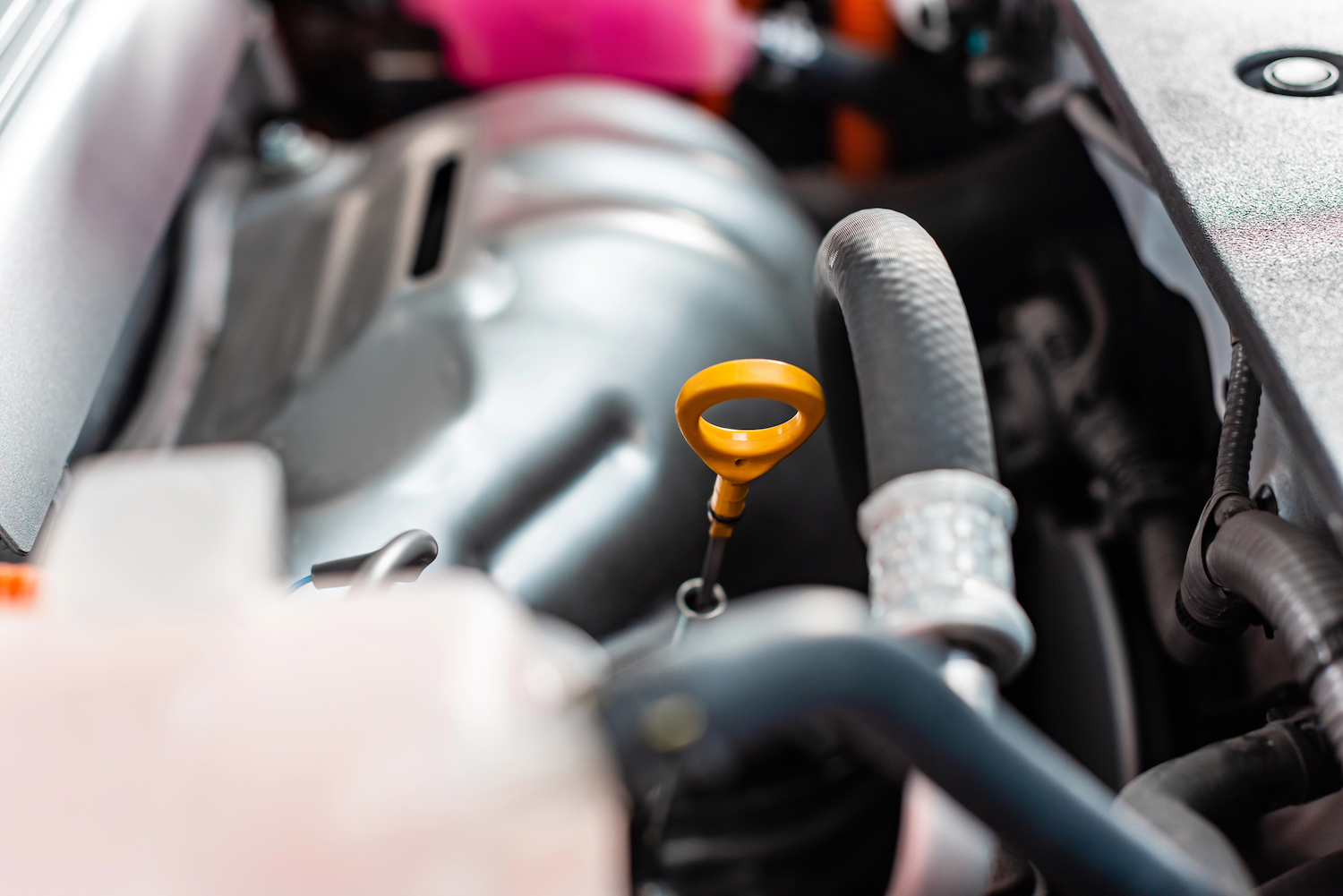
Digital oil measurement systems provide more accurate readings than traditional dipsticks. The search results indicate that these advanced monitoring systems use sensors to measure oil levels precisely, removing the potential for human misinterpretation.
Traditional dipsticks require proper handling to get accurate readings. Users must park on level ground, wait for the engine to cool, and wipe the dipstick clean before reinserting it for an accurate measurement.
External factors can affect dipstick readings significantly. Oil temperature, car position, and improper dipstick insertion all contribute to potential reading errors that electronic systems avoid.
Electronic systems can detect oil quality in addition to quantity. This helps drivers know when oil needs changing based on actual condition rather than just checking the level.
The consistent readings from electronic systems help prevent over or under-filling. This prevents engine damage that might occur when incorrect oil levels are maintained due to misreading a dipstick.
Weather conditions and poor lighting can make dipstick readings difficult. Electronic systems function regardless of these environmental factors, giving accurate readings in all conditions.
5) Some manufacturers design engines with sealed systems to improve reliability

Automotive manufacturers have shifted toward sealed engine systems as part of their reliability strategy. These systems reduce the chance of user error that can occur with traditional dipstick measurements.
Sealed systems typically include electronic oil level sensors that provide more accurate readings than visual inspection of a dipstick. These sensors connect to the vehicle’s computer system and can alert drivers when oil levels fall below acceptable thresholds.
By removing access points like dipsticks, manufacturers can better control environmental contamination that might enter the engine. Dust, water, and other particles have fewer entry points in a sealed system.
The electronic monitoring systems in these sealed designs often track oil quality and degradation in addition to level. This gives drivers more complete information about their engine’s condition than a dipstick could provide.
Some manufacturers claim sealed systems help extend engine life by maintaining proper lubrication with less human intervention. The computer can issue warnings before damage occurs, whereas low oil conditions might go unnoticed with manual checks.
Critics argue these systems primarily benefit dealership service departments by making independent maintenance more difficult. However, proponents point to improved engine longevity and reduced maintenance errors as meaningful advantages.
6) Removal reflects shift towards onboard diagnostics and software monitoring

Modern vehicles have largely moved away from traditional dipsticks in favor of electronic monitoring systems. These sophisticated systems use sensors to continuously track fluid levels and quality with greater precision than manual checks.
Car manufacturers have integrated oil monitoring into the vehicle’s central computer system. Sensors can detect not just the level of oil but also its condition, temperature, and pressure in real time.
This technological shift aligns with the broader digitization of vehicle systems. Advanced sensors provide drivers with instant notifications when maintenance is needed, rather than requiring regular manual checks.
The data from these electronic systems is often more accurate than visual dipstick readings. Computers can detect subtle changes in fluid quality that wouldn’t be visible to the human eye.
Many newer vehicles display fluid status information directly on the dashboard or infotainment system. Drivers receive alerts when oil changes or other fluid services are necessary based on actual usage patterns rather than just mileage.
This software-based approach fits with the increasing complexity of modern engines. As powertrains become more compact and intricate, physical space for traditional measurement tools has decreased.
7) Specific fluid requirements limit the usefulness of generic dipstick
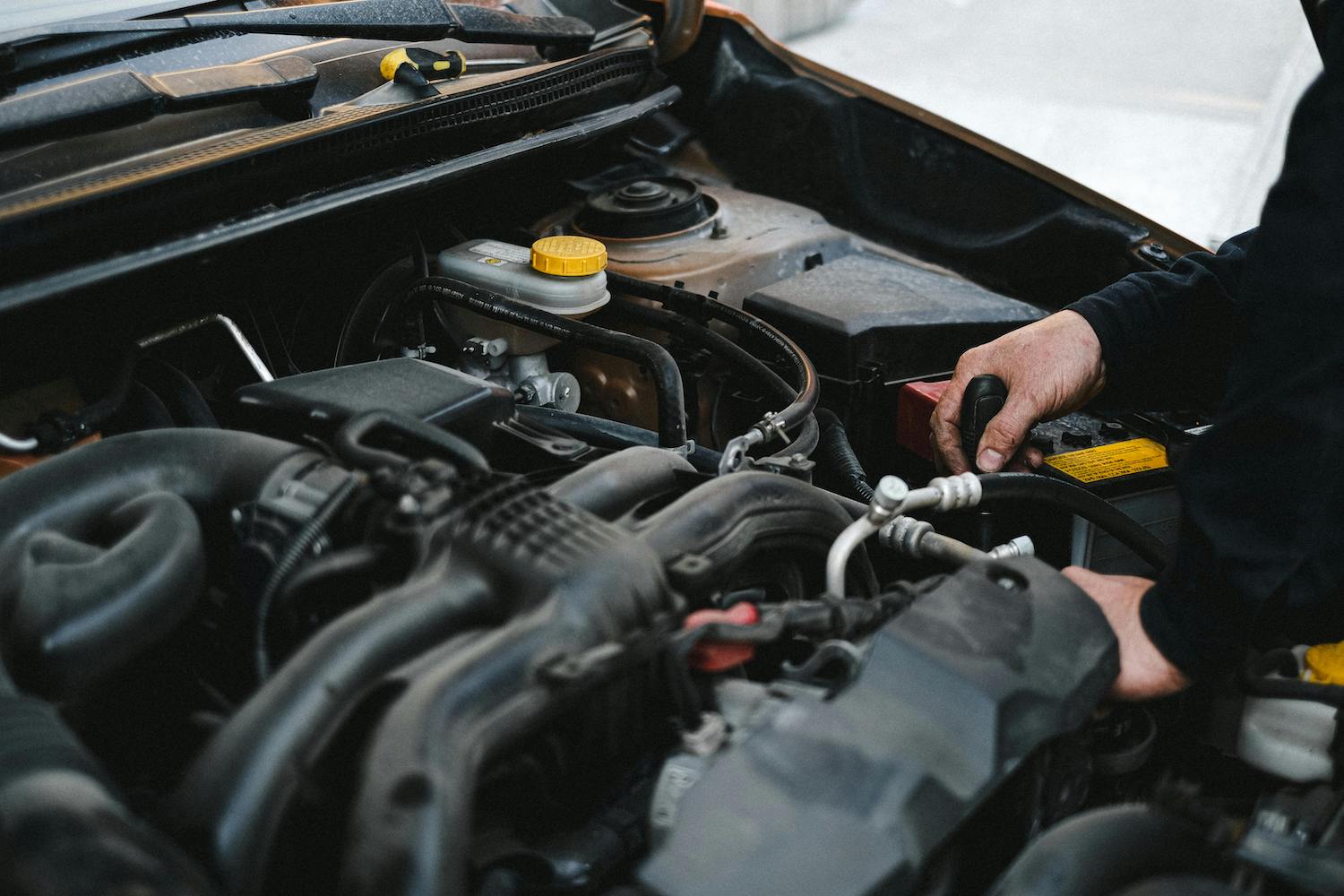
Modern vehicles use highly specialized fluids with exact specifications that vary between manufacturers and even between different models from the same brand. These specialized oils and fluids have precise viscosity requirements, additive packages, and chemical compositions.
Generic dipsticks cannot effectively measure or evaluate the quality of these specialized fluids. A simple metal rod cannot tell you if the transmission fluid has the correct friction modifiers or if the engine oil meets the required standards.
Many newer vehicles require synthetic oils with specific ratings and certifications. These fluids often need to function within strict parameters that a basic dipstick cannot assess properly.
Vehicle manufacturers have moved toward sealed systems with precise fill levels determined during service. This approach helps prevent incorrect fluid levels that could damage sensitive components.
Some modern fluids are designed to last the lifetime of specific components, making traditional level-checking less relevant. Instead, diagnostic systems monitor fluid condition through sensors that can detect temperature, pressure, and other variables.
Computer systems can now track fluid degradation over time based on driving conditions and usage patterns. This gives a more accurate picture of when fluid needs replacement compared to the simple visual inspection a dipstick allows.
8) Dipsticks can be prone to inaccuracies compared to electronic measurement
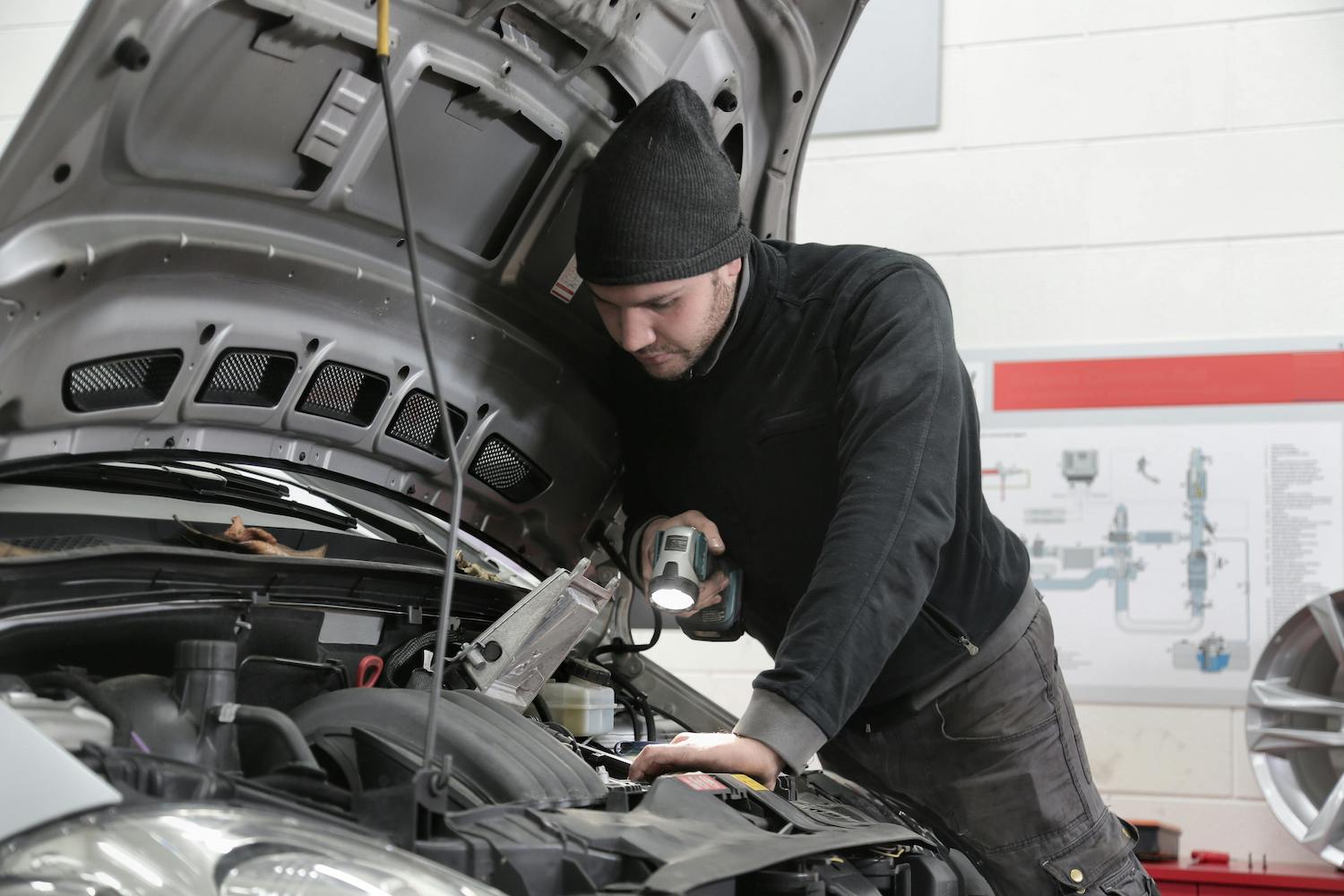
Traditional oil dipsticks require manual interpretation which can lead to reading errors. Factors such as the angle at which the dipstick is held, improper insertion, or checking the oil while the engine is not fully cooled can result in incorrect readings.
External conditions also affect dipstick accuracy. Poor lighting in a garage or trying to read oil levels in dim conditions can cause misreadings. Oil residue may cling unevenly to the dipstick, making the true level hard to determine.
Electronic oil sensors provide more consistent measurements without human interpretation variables. These sensors can detect oil levels precisely regardless of vehicle orientation or temperature conditions.
Digital measurement systems can also account for oil temperature and quality in their readings. Unlike dipsticks which only show quantity, electronic systems can monitor multiple oil parameters simultaneously.
The timing of measurement is another factor. Electronic sensors can take readings when the engine is at operating temperature, while dipstick checks typically require a cool engine for accuracy.
Human error is reduced with electronic systems that display exact oil levels on dashboard interfaces. This eliminates guesswork associated with trying to determine if the oil mark falls between the minimum and maximum lines on a dipstick.
9) Preventing overfilling by restricting user access to oil levels

Modern vehicles are increasingly designed to limit direct user access to oil systems. This strategy helps prevent a common issue: oil overfilling by amateur mechanics and car owners.
Overfilling engine oil can cause significant damage including foaming, increased pressure, and stress on seals and gaskets. When too much oil is added, it can be whipped by the crankshaft, creating a frothy mixture that reduces lubrication effectiveness.
Electronic oil level monitoring systems provide more accurate readings than manual dipstick checks. These sensors can detect precise oil volumes and warn drivers before levels become problematic.
By removing dipsticks, manufacturers reduce the risk of improper oil level readings that might lead to overfilling. Digital systems typically alert drivers only when action is needed, eliminating guesswork about whether to add oil.
Some critics argue this design choice primarily benefits dealerships by forcing owners to visit service centers for routine maintenance. Independent shops and DIY mechanics face additional challenges without direct access to check fluid levels.
The shift represents a trade-off between convenience and protection. While limiting user access might frustrate experienced home mechanics, it helps protect engines from damage caused by well-intentioned but incorrect maintenance procedures.
10) Regulatory and environmental standards driving design changes
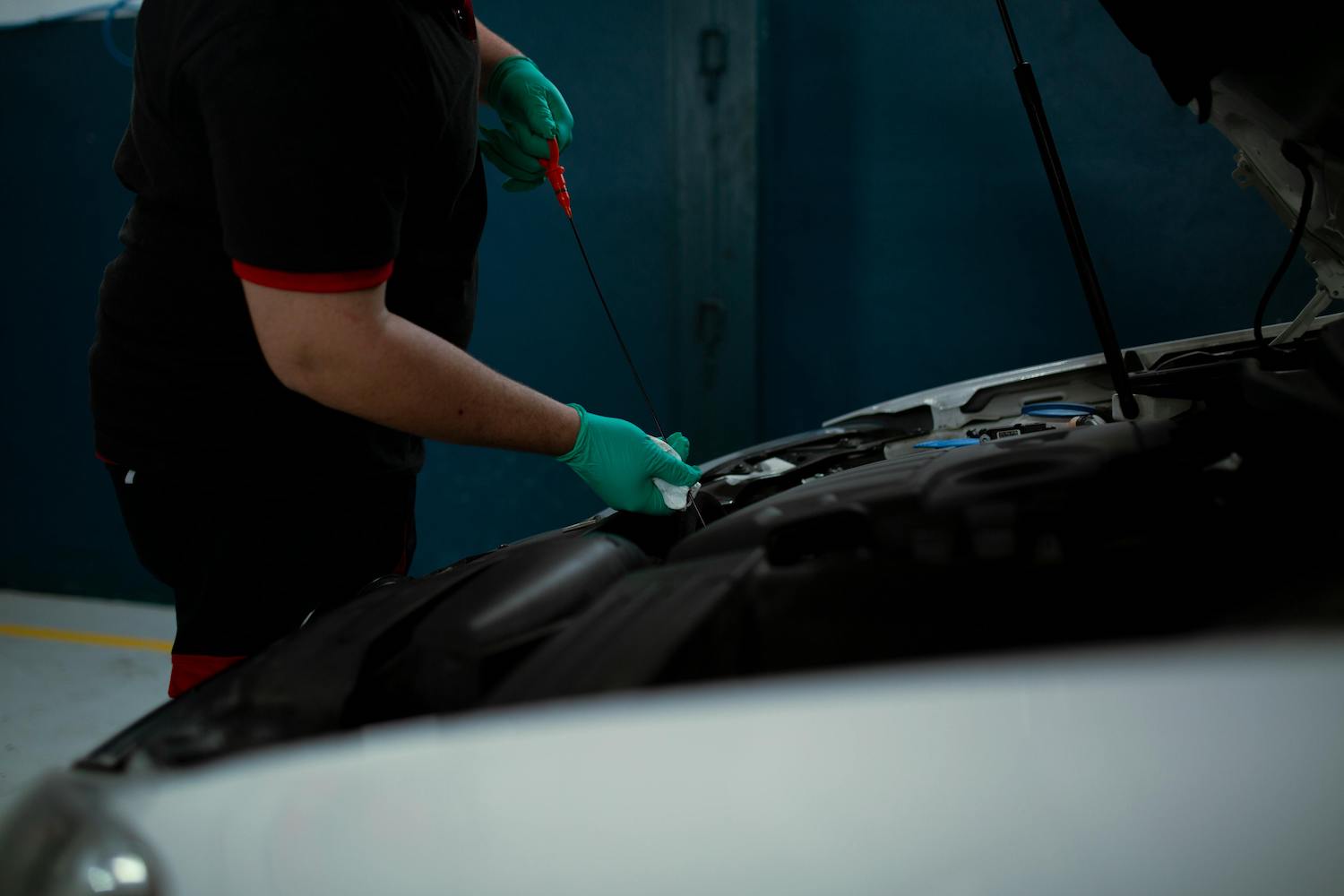
Regulatory requirements have pushed car manufacturers to redesign engine components, including the elimination of traditional dipsticks. Emissions standards worldwide have become stricter, requiring automakers to create more sealed systems that prevent oil vapors from escaping.
These sealed systems often make traditional dipstick tubes impractical, as they could potentially create a pathway for emissions. Car manufacturers have responded by implementing electronic oil monitoring systems that satisfy both regulatory compliance and performance needs.
Environmental considerations also factor into this design change. Modern vehicles aim to reduce their environmental impact through every aspect of their design, including maintenance procedures.
Electronic oil monitoring reduces the chance of improper disposal of checking materials like rags and paper towels commonly used with dipsticks. This change aligns with broader industry shifts toward more environmentally friendly vehicle designs.
Weight reduction goals from fuel efficiency regulations indirectly contribute to dipstick removal. Every gram matters in modern car design, and electronic systems replacing physical components help manufacturers meet increasingly demanding efficiency standards.
Global harmonization of vehicle standards has accelerated the trend away from dipsticks. As manufacturers build platforms for worldwide markets, they often adopt the most restrictive standards globally, leading to universal design changes.
Modern Engine Oil Monitoring Systems
As vehicles evolve, traditional oil dipsticks are being replaced by sophisticated electronic monitoring systems that provide precise oil level measurements without manual checking.
Electronic Sensors and Dash Indicators
Modern cars from manufacturers like BMW and Mercedes-Benz now use electronic oil monitoring systems instead of physical dipsticks. These systems employ sensors located in the oil pan that continuously measure oil levels and quality.
Drivers receive oil status information through dashboard displays or vehicle information screens. The system typically shows oil level in a graphic format, often using bar indicators or digital readouts.
Some advanced systems can detect oil quality degradation and calculate remaining oil life based on driving conditions and engine performance. This gives drivers a more accurate picture of when service is needed.
The computer can log historical data about oil levels, allowing mechanics to spot trends like gradual consumption that might indicate developing problems. Warning lights activate when oil reaches critically low levels, prompting immediate action.
Benefits of Digital Oil Level Systems
Digital oil monitoring provides greater accuracy than traditional dipstick readings. The measurements aren’t affected by engine temperature or parking angle like manual checks often are.
These systems integrate with the vehicle’s onboard diagnostics, allowing for early detection of potential issues. Problems can be identified before they cause significant damage to engine components.
Car manufacturers argue these systems are more user-friendly for average drivers who rarely check oil levels manually. The automatic alerts eliminate the need to remember regular oil checks.
Many systems can be checked while the engine is running, unlike dipstick checks that require a cool, level engine. This adds convenience for drivers who want current information.
Critics point out that these systems make DIY maintenance more difficult and can force owners to visit dealerships for basic service. Independent shops may need special equipment to access oil level data from certain vehicles.
Automotive Design Changes Impacting Dipsticks
Modern vehicles have undergone significant design changes that affect traditional maintenance components like oil dipsticks. These changes reflect both engineering priorities and service philosophy shifts in the automotive industry.
Engine Compartment Packaging Constraints
Today’s engine compartments are more compact and densely packed than older vehicle designs. Manufacturers are fitting more technology into smaller spaces, making traditional dipstick placement difficult. This packaging trend is particularly notable in luxury brands like Mercedes-Benz and BMW, which have largely eliminated dipsticks from their newer models.
The push for aerodynamic efficiency has led to lower hood lines and smaller engine bays, leaving little room for manual inspection tools. Electronic sensors now monitor oil levels in these tight spaces, sending information directly to dashboard displays.
Some manufacturers like Ram have designed their newer engines (such as the Hurricane) without dipsticks from the start, planning around electronic monitoring systems rather than retrofitting them.
Maintenance and Service Considerations
The shift away from dipsticks reflects changing views on who should maintain vehicles. Many manufacturers now design cars with dealer service centers in mind rather than DIY owners. Electronic oil monitoring systems require specialized diagnostic equipment that independent shops and home mechanics often lack.
This design philosophy assumes regular dealer maintenance rather than owner-performed checks. Critics argue this shift is “criminal” and deliberately makes life harder for DIYers and independent repair shops.
The electronic systems do offer benefits by monitoring oil quality as well as quantity. They can track degradation over time and recommend changes based on actual conditions rather than fixed mileage intervals.
Brands pushing this change suggest that dipsticks are “archaic” in modern vehicles with sophisticated electronics that provide comprehensive vehicle health information.








